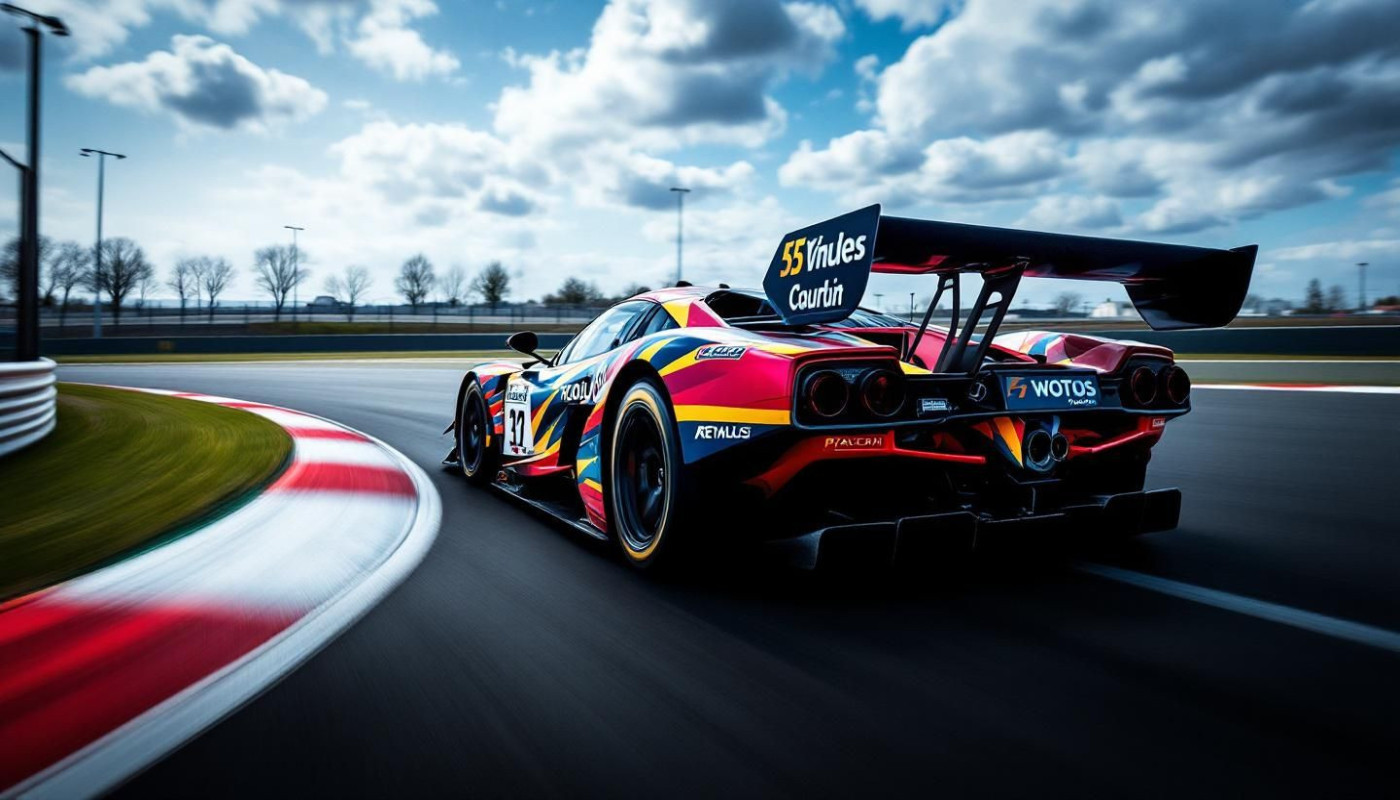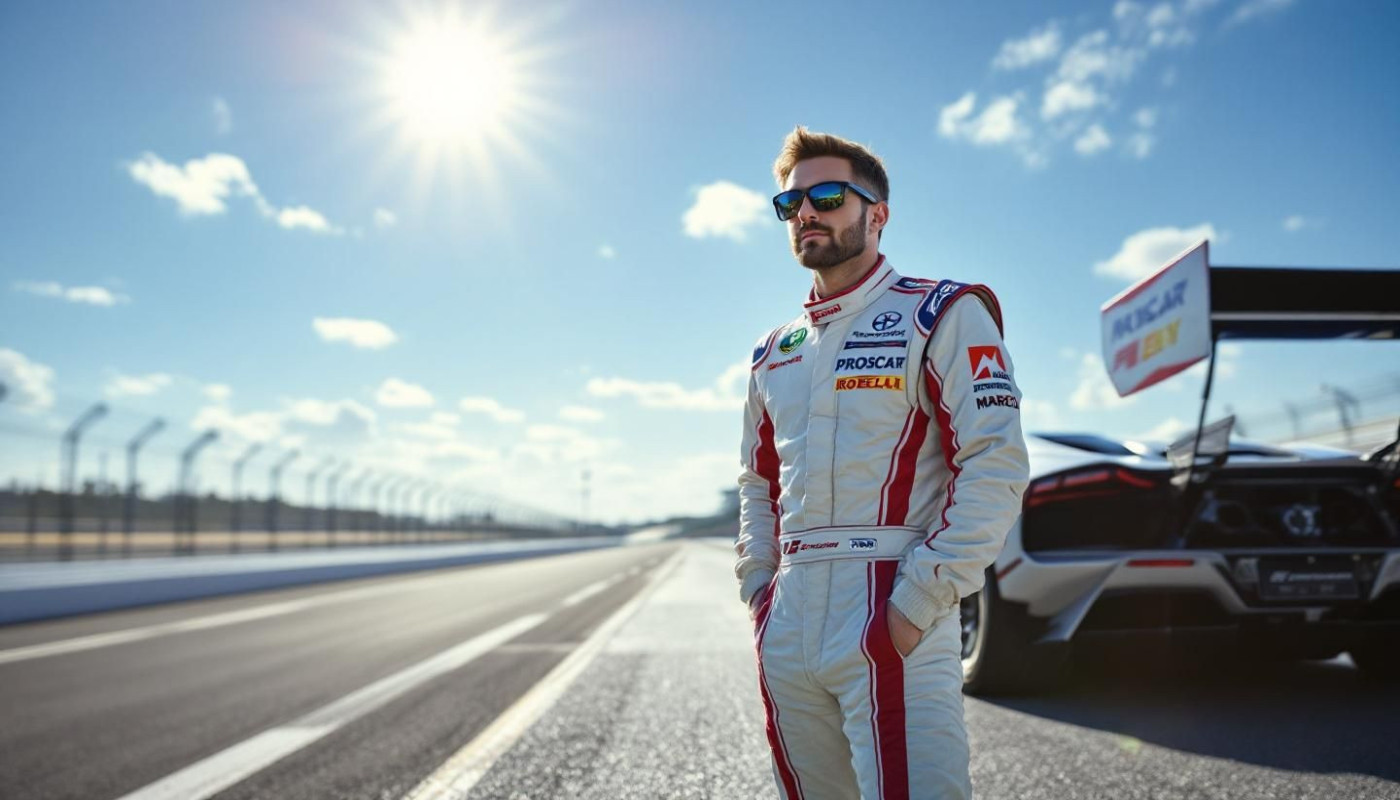Table of contents
Peak performance in competitive racing is not achieved by chance; it is the result of strategic planning, disciplined execution, and continuous optimization. Whether competing on the track, in the water, or across challenging terrains, racers must adopt methods that consistently enhance both their physical and mental capacities. Explore the following paragraphs to uncover proven strategies that top competitors use to stay ahead of the pack.
Optimizing physical conditioning
Racers aiming for sustained elite racing performance must commit to a structured physical conditioning program, meticulously tailored to their specific racing discipline. Endurance training stands as the foundation, enabling athletes to maintain peak output through demanding events. Strength exercises are equally vital, enhancing power generation and overall muscular resilience, while flexibility routines support optimal movement efficiency and assist with injury prevention. Integrating periodization into training ensures each phase—ranging from base endurance to peak intensity and recovery—aligns with competition calendars, reducing the risk of overtraining and chronic injuries. A certified sports physiologist recommends consistent assessment and adaptation of training variables to match evolving competitive demands, guaranteeing the athlete remains at the forefront of physical readiness for racing performance.
Mastering mental preparation
Mental preparation forms the backbone of a successful racing mindset, directly influencing performance under pressure. Racers must develop focus techniques that not only sharpen attention during high-intensity moments but also help manage performance anxiety. Employing visualization is a proven method: mentally rehearsing each segment of the race primes the brain for precise execution. Goal setting, both long-term and incremental, sustains motivation and structures training, ensuring measurable progress. Mindfulness practices, such as controlled breathing and meditation, cultivate present-moment awareness, minimizing distractions from external stressors. Cognitive behavioral strategies are widely recommended by sports psychologists to reframe negative thoughts and reinforce positive self-talk, which is vital for resilience in competitive environments. Integrating these sports psychology tools empowers racers to maintain composure, adapt quickly to changing conditions, and perform consistently at their peak.
Perfecting nutrition and hydration
Optimal racing nutrition and hydration strategies are the foundation for sustained energy management, performance, and recovery in competitive racing. Athletes must consume a scientifically balanced athletic diet with appropriate ratios of carbohydrates, proteins, and fats, tailored to the intensity and duration of training sessions. For example, higher-intensity efforts require increased carbohydrate intake to support glycogen replenishment, while adequate protein is vital for muscle repair and adaptation. Fluid consumption should be customized to environmental conditions; hotter climates or longer races increase sweat loss, necessitating greater electrolyte and water intake to prevent dehydration and maintain peak cognitive and physical function. Recovery foods rich in complex carbohydrates and lean protein immediately post-race facilitate faster muscle recovery and restore glycogen stores. For insights into how elite racers apply these principles in practice, browse around this web-site to discover more about drivers who exemplify peak nutritional discipline.
Implementing advanced recovery methods
Elite racers consistently rely on cutting-edge recovery methods to maintain continuous high-level performance and reduce the impact of delayed onset muscle soreness (DOMS). Active recovery plays a significant role, incorporating low-intensity movement to stimulate blood flow and accelerate muscle repair without adding excess strain. Sleep optimization forms another pillar in racing recovery strategies, as high-quality sleep supports hormonal balance and cellular regeneration, both of which are vital for rapid adaptation following intense exertion. Therapeutic interventions, such as professional massage therapy and the strategic use of compression garments, are widely adopted by elite competitors. These approaches target improved circulation, reduction of swelling, and enhanced nutrient delivery to muscles. Integrating these advanced recovery methods, under the guidance of a board-certified sports medicine physician, enables racers to minimize downtime, boost resilience, and maintain peak performance throughout demanding training and competitive schedules.
Leveraging race data and analytics
In competitive racing, ongoing success depends heavily on race data analysis and the strategic application of performance metrics. The process begins with the collection of granular data through wearable technology and telemetry systems, capturing real-time information such as speed, split times, heart rate, fuel consumption, and tire wear during each lap. These telemetry systems transmit comprehensive datasets to analysts, enabling immediate and detailed scrutiny of both the vehicle's and the athlete's performance. Post-race data reviews are pivotal, as they allow teams to dissect telemetry and other recorded metrics to uncover trends, pinpoint inefficiencies, and recognize areas for tactical adjustment. Using this information, race engineers and coaches develop data-driven improvements to refine the racing strategy, from optimizing pit stop timing to adjusting driving techniques and vehicle setups for maximum efficiency. The integration of advanced analytics into routine performance reviews supports a continuous feedback loop, empowering racers to stay ahead of the competition by making evidence-based decisions and sustaining peak performance throughout the season.









